Finding creative ways to upcycle and recycle old clothing has become a fashionable trend in a world where sustainability is gaining momentum. One such fascinating project is changing an old t-shirt into a fashionable, unique no-sew shirt.
This easy step-by-step DIY instruction blog will show you how to build beautiful clothing without picking up a needle and thread, whether you want to refresh your wardrobe or unleash your creative side.
- Gather your Materials: To get started on your no-sew shirt project, gather the following materials:
- An old T-shirt: Choose a T-shirt with an interesting design or colour that you want to repurpose.
- Fabric scissors: These will be essential for cutting and shaping the t-shirt.
- Fabric chalk or a washable marker: Use this to mark the areas where you will cut the fabric.
- Measuring tape or ruler: To ensure accurate measurements and a well-fitted shirt.
- Embellishments (optional): If you want to add an extra flair to your shirt, gather any accessories like studs, beads, or fabric paint.
- Select your Design: Before cutting into your t-shirt, decide on the style you want to achieve. Here are a few popular options:
- Crop top: Transform your t-shirt into a trendy crop top by cutting it to your desired length. Experiment with different shapes like a straight line, asymmetrical, or even a knot tie-up.
- Off-shoulder or cold-shoulder top: Create a stylish off-shoulder or cold-shoulder look by cutting off the neckline and sleeves.
- Fringe shirt: Add some boho vibes by cutting vertical strips from the bottom of the shirt to create fringe.
- Cut-out design: Get creative by cutting out shapes, such as hearts, stars, or geometric patterns, on the back or front of the shirt.
- Measure and Mark: Once you have decided on your design, measure and mark the areas where you will make the cuts. Use a measuring tape or ruler to ensure precision. Fabric chalk or a washable marker is great for marking because it can be easily removed later.
- Cut with Precision: Carefully cut along the marked lines using fabric scissors. Take your time to ensure smooth and clean cuts. Remember to cut through the front and back layers of the t-shirt unless you want specific parts to remain intact.
- Create Additional Details: If you want to add some extra flair to your no-sew shirt, consider incorporating additional details:
- Ruffles: Make horizontal cuts along the bottom of the shirt, leaving a few centimetres of fabric intact. Stretch these strips to create ruffles.
- Braided straps: Cut thin strips from the sleeves and braid them to create unique shoulder straps.
- Studded accents: Use fabric glue or adhesive to attach studs or other embellishments to the shirt.
- Refine and Personalise: After completing the main cuts and adding desired details, try on your shirt to assess the fit. Make adjustments as needed, such as trimming excess fabric or refining the shape of the neckline or sleeves. This step ensures your no-sew shirt flatters your body and reflects your style.
- Finishing Touches: Now that you have transformed your old tee into a fabulous no-sew shirt, take a moment to admire your creation. Consider adding some final touches:
- Ironing: Iron the shirt to smooth out wrinkles and give it a polished look.
- Washing: Launder the shirt according to the care instructions to set the cuts and remove any leftover markings.
- Styling: Experiment with different outfits and accessories to create unique looks highlighting your new garment.
Advantages of Upcycling an Old T-shirt
Environmental Sustainability
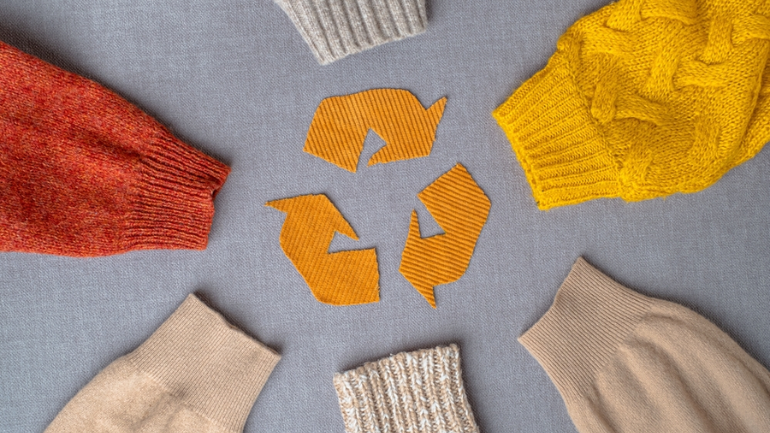
Reusing an old tee helps to reduce waste and is a necessary step towards sustainable fashion. Utilizing an existing item lessens the demand for fresh resources while lowering textile manufacture's environmental effect.
Personalization and Creativity

Reusing allows you to express your creativity and personalize a t-shirt. You may personalize it by transforming it into something unique. Repurposing allows you to make it unique by adding embellishments, dyeing it, or cutting it into a new pattern.
Cost-Effective

Upcycling an oldie goldie tee is a budget-friendly option compared to buying new clothing. Instead of spending money on a new shirt, you can repurpose the one you already have. It saves money and prevents you from contributing to the fast fashion cycle.
Preservation of Sentimental Value
Many t-shirts hold sentimental value, representing memories of events, places, or people. Reusing allows you to preserve the emotional attachment associated with the t-shirt while giving it a new lease on life. You can continue to cherish its memories by transforming it into something usable.
Skill Development
Using a t-shirt again allows you to learn new skills and expand your knowledge. It encourages you to explore your creativity and develop practical skills, whether it's sewing, embroidery, or fabric painting. It can be a fulfilling and rewarding hobby that enhances your self-sufficiency.
Textile Trash Reduction
The textile business generates a substantial amount of trash. You can help to reduce textile waste by using an old T-shirt. It helps to decrease the negative environmental impacts of clothes disposal in landfills.
Circular Economy Promotion
Using old things adheres to the ideals of a circular economy, in which materials are reused for as long as possible. You may extend the life of your t-shirt and eliminate the demand for fresh produce by repurposing it. It encourages more sustainable and efficient resource use.
Social Impact
Reutilizing can have positive social implications as well. It can provide local artisans and small businesses opportunities, supporting local economies and communities. Additionally, by upcycling and promoting sustainable practices, you can inspire others to adopt similar behaviours and contribute to a greener future.
Reduction of Energy Consumption
Using old articles requires fewer resources and energy compared to producing new items. Reusing and repurposing materials saves energy and reduces the carbon footprint associated with manufacturing processes.
Encourages Mindful Consumption
Reusing promotes a shift in mindset towards more mindful consumption. Instead of constantly buying new clothing, reusing encourages individuals to think creatively and make the most of what they already have. It helps foster a more sustainable approach to fashion and consumption habits.
Conclusion
In conclusion, changing a t-shirt into a trendy no-sew shirt is a fun and creative way to update your wardrobe. Without a needle and thread, you may obtain a distinctive and elegant aesthetic with simple steps and minimum supplies.
Whether you want to upcycle a worn-out tee or experiment with a bold design, this no-sew technique has many applications. So, grab your scissors, get creative, and show off your fashion sense. Embrace the eco-friendly approach and add a personal touch to your clothing while minimizing waste and exhibiting your DIY talents. Happy crafting!

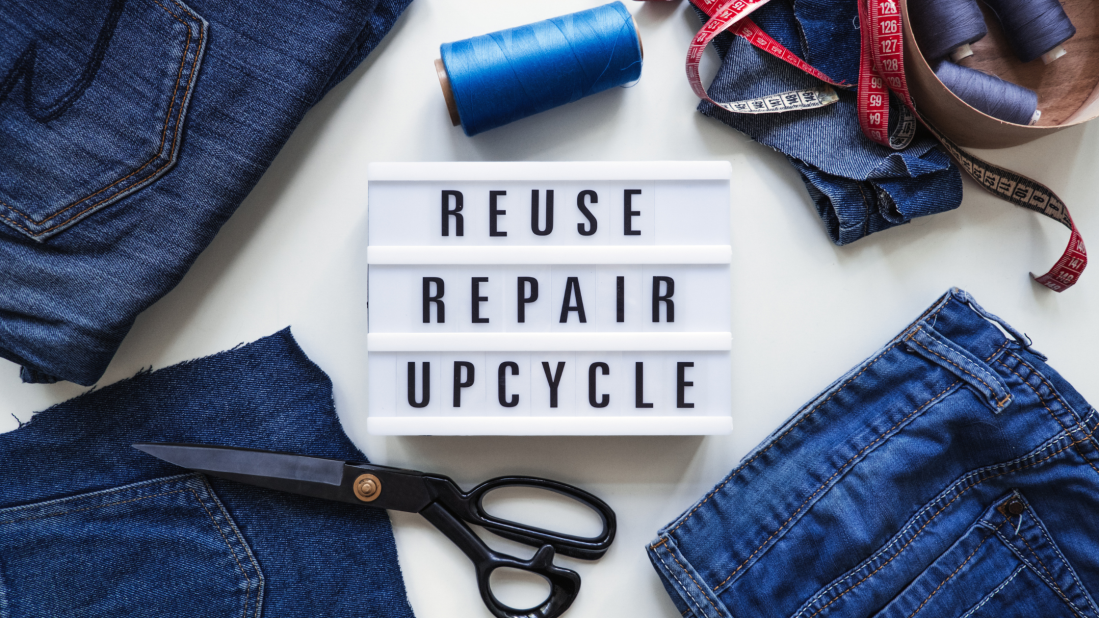









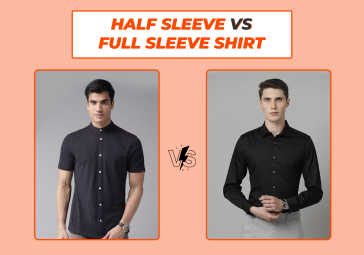
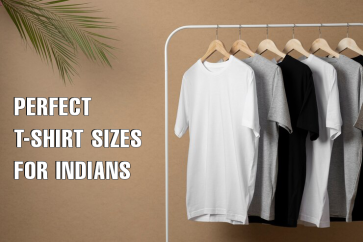
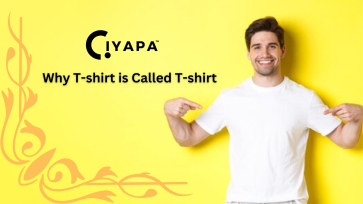



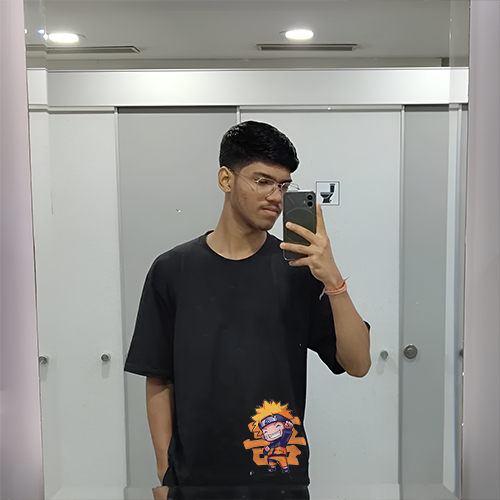











Validate your login
Sign In
Create New Account